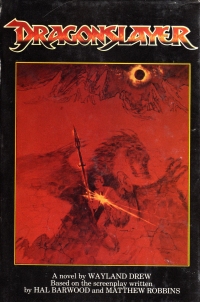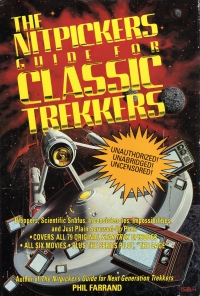 This book isn’t your father’s book of woodworking projects; this is your grandfather’s book of woodworking projects. And as we bemoan the tailing off of American education, how schools have made successive generations of American students less educated, we can also bemoan how Americans have gotten less industrious with their hands. Otherwise the whole Maker movement wouldn’t be a hipster movement. It would be what people did on the weekends. Or how people made do with what they had, perhaps.
This book isn’t your father’s book of woodworking projects; this is your grandfather’s book of woodworking projects. And as we bemoan the tailing off of American education, how schools have made successive generations of American students less educated, we can also bemoan how Americans have gotten less industrious with their hands. Otherwise the whole Maker movement wouldn’t be a hipster movement. It would be what people did on the weekends. Or how people made do with what they had, perhaps.
I digress.
The introduction for this book says it’s for beginning and intermediate woodworkers. As such, it takes until page 19 before you’re building a complete set of drawers from scratch (no store-bought drawer runners, you weakling!). If you open up a 21st century woodworking magazine, you get a complete step-by-step guide that includes images and photographs of how to assemble things each step. In this book, you get a couple paragraphs of copy that includes a description of why you should build the thing and how to build the thing. Then you get a diagram of the cuts and how they fit together. Sometimes, like in this project for building a children’s desk, you also get a pattern for cutting:

Boy, howdy, I am so below woodworking beginner that I can’t even.
At any rate, the book has over 75 different projects of varying degrees of difficulty. There are a number of workbench/table hinged to the wall/stool/bench/toolbox kinds of projects that are pretty standard for this sort of book. There are some simpler things for children, rocking horses, little toys, and the like. Then there are the “what kind of intermediate woodworker can do this?” projects including the aforementioned set of drawers, other furniture, and a foosball table. The things within are all very 1968, but you might get some ideas to try (with things done a little differently in the 21st century).
I picked the book up to browse through just to see if I get any ideas for projects I might try. Someday. And I might. Someday. But not until I master the basics of cleaning my workbench area in the garage.
Another feature of this book’s era is that it mentions on many occasions that you can use power tools if you have them. But the assumption is that power tools are optional. Which matches my workshop, such as it is.
At any rate, I have a large number of Sunset books on my shelves in the garage (even more in 2015 than in 2010). Strangely, I didn’t flip through those before putting them out there. But I bought this book later, so it was on my to-read shelves, so I flipped through this one. Worth my couple of minutes, and definitely more manly than another book on beading.
Books mentioned in this review:









































